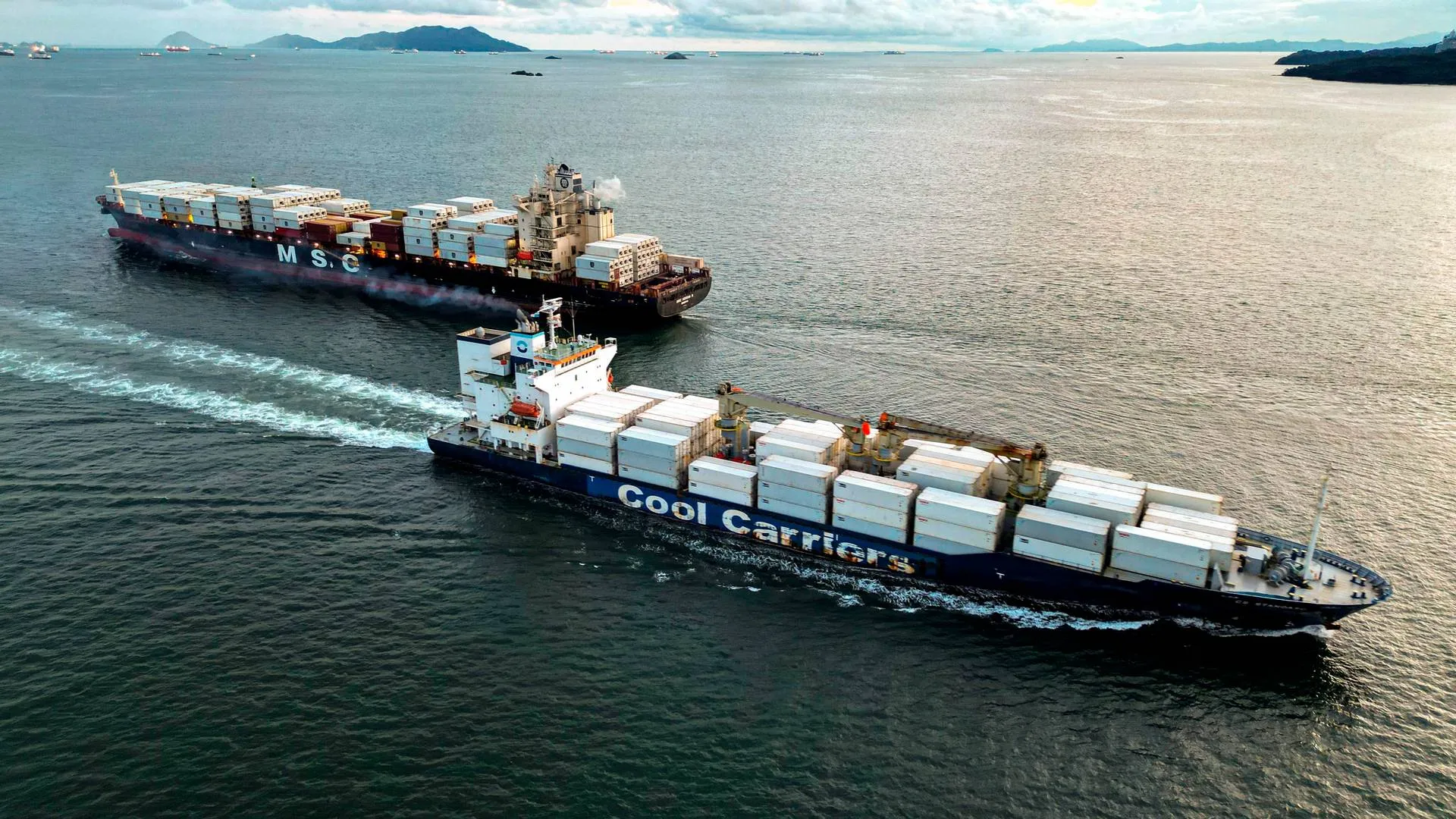The International Maritime Organization (IMO) has set out to create a comprehensive strategy for maritime digitalization that will leverage emerging technologies to advance efficiency, safety, and sustainability.
To this end, IMO’s Facilitation Committee (FAL) outlined a work plan for developing the IMO Strategy on Maritime Digitalization during its 49th session held from March 10 to March 14 in London.
The digitalization strategy builds on previous milestones, including the introduction of mandatory Maritime Single Window (/MSW) regulations last year, which require ships and ports to use a single digital platform to exchange information and streamline port call procedures, IMO explained.
This strategy is expected to be adopted by the organization’s highest governing body, the IMO Assembly, by the end of 2027.
“The cross-cutting strategy will span different areas of IMO’s work, fostering a fully interconnected, harmonized and automated global maritime sector,” the organization stated.
As reported, the Facilitation Committee established a Correspondence Group to define the strategy’s scope, key objectives, and implementation framework. The group was tasked with identifying the existing and emerging technologies, standards, and methodologies that can support maritime digitalization while ensuring alignment across IMO’s various committees.
The Marine Environment Protection Committee (MEPC) and Maritime Safety Committee (MSC) were invited to encourage Member States and international organizations to join the Correspondence Group, to ensure the early involvement of all stakeholders.
The Correspondence Group will table a report to the next session of the Facilitation Committee (FAL 50) in 2026, before making a final submission to the Assembly session scheduled for the end of 2027.
IMO Secretary-General Arsenio Dominguez stated: “The IMO Maritime Digitalization Strategy is a game-changing effort to make smooth, seamless, smart shipping a reality. It will help integrate vessels and ports, improve logistics and optimize routes, while reducing greenhouse gas emissions. We must work together to ensure the strategy serves all.”
The 49th session of the Facilitation Committee advanced other key digital initiatives, including:





